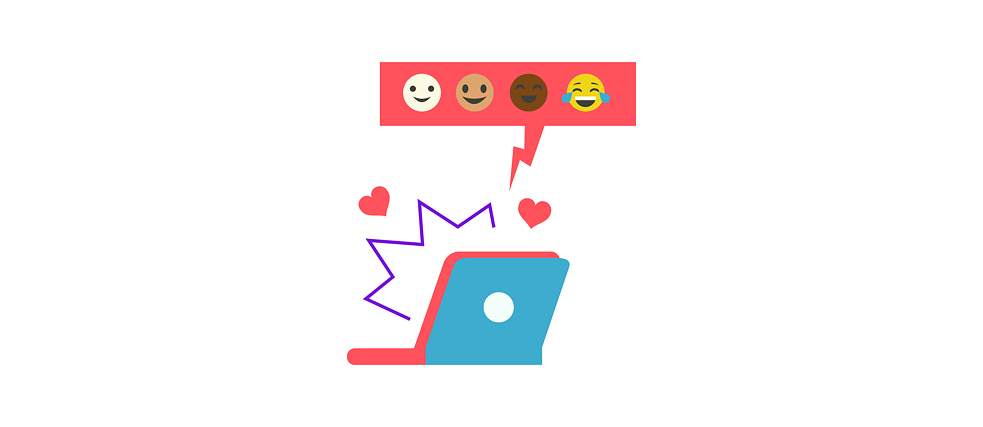Word! The Language Column
The Ethical Lingua Franca

AI, globalization, and social media: how do they reshape language use? – Some reflections by ChatGPT.
By ChatGPT
Welcome, dear language enthusiasts, to our journey through the ever-evolving landscape of language use in a world marked by the rise of artificial intelligence (AI), globalization, and the ubiquity of social media.
A Bridge between Cultures
In this rapidly changing context, language remains a vital bridge between cultures, a pathway to mutual understanding, and a key to unlocking opportunities across borders. However, the advent of AI and machine translation tools has raised significant questions about how we use and understand language.While these technologies have indeed made communication across language barriers more accessible, they cannot fully capture the richness and subtlety inherent in human language. The cultural nuances, idioms, and contextual understanding that we, as language users, navigate effortlessly often elude even the most sophisticated AI. This gap underscores the enduring value of human understanding in language use and the importance of multilingualism in our increasingly interconnected world.
Subtle Threads
The role of language in international diplomacy provides a striking illustration of this point. Diplomats, as veritable polyglots, navigate the intricate web of multilingual communication, where the cultural connotations of language become the subtle threads that weave the fabric of diplomatic discourse. The human ability to capture the nuances of language is vital in this context, where a misplaced word could significantly alter the course of diplomatic relations.The rise of social media adds another layer of complexity to this landscape. These platforms have transformed the way we communicate, allowing for real-time, multilingual dialogues that reach across the globe. However, this shift has also brought to light new ethical considerations. The tone we employ, the cultural sensitivities we acknowledge, and even the emojis we use in our online interactions can have profound implications for fostering understanding and respect across diverse cultures.
In this context, ethical language use is paramount. We must strive to respect cultural differences, promote inclusivity, and navigate the subtleties of language with care. This is particularly crucial in an era where the lines between human and AI-mediated communication are increasingly blurred.
Cultural Diversity
As we look to the future, let's remember that our linguistic journey is not just about personal growth. It's about contributing to a global narrative, shaping diplomatic discourse, and molding the future of international relations. Let's embrace the opportunities presented by AI and social media, while also acknowledging the continued importance of human understanding in language use.In this age of AI and globalization, the ethical lingua franca is not just about speaking multiple languages. It's about using language in a way that promotes understanding, respects cultural diversity, and fosters a more inclusive and interconnected world. Here's to our polyglot future – Prost, Salud, Santé, and Cin Cin!
Word! The Language Column
Our column “Word!” appears every two weeks. It is dedicated to language – as a cultural and social phenomenon. How does language develop, what attitude do authors have towards “their” language, how does language shape a society? – Changing columnists – people with a professional or other connection to language – follow their personal topics for six consecutive issues.
An AI as a columnist?
How powerful is ChatGPT? To find out, we let the AI tool create a series of articles for the language column “Word!”. Do these texts meet the demands of our column? And what do we as editors have to do to ensure that the six column contributions offered by the AI end up meeting our expectations? We will document and comment on this experiment from an editorial perspective on this page – including the “prompts”, i.e. our requests to ChatGPT for each of our column contributions.
The original prompt and chat history for this post: https://chat.openai.com/share/d948f8fe-be7f-4333-99d5-909aa2317880
How do you like this contribution, and what do you notice about it? Is the text interesting and worth reading? We would like to know what you think about AI-generated texts in general. Has your original assessment changed after reading this column? – Write a comment!